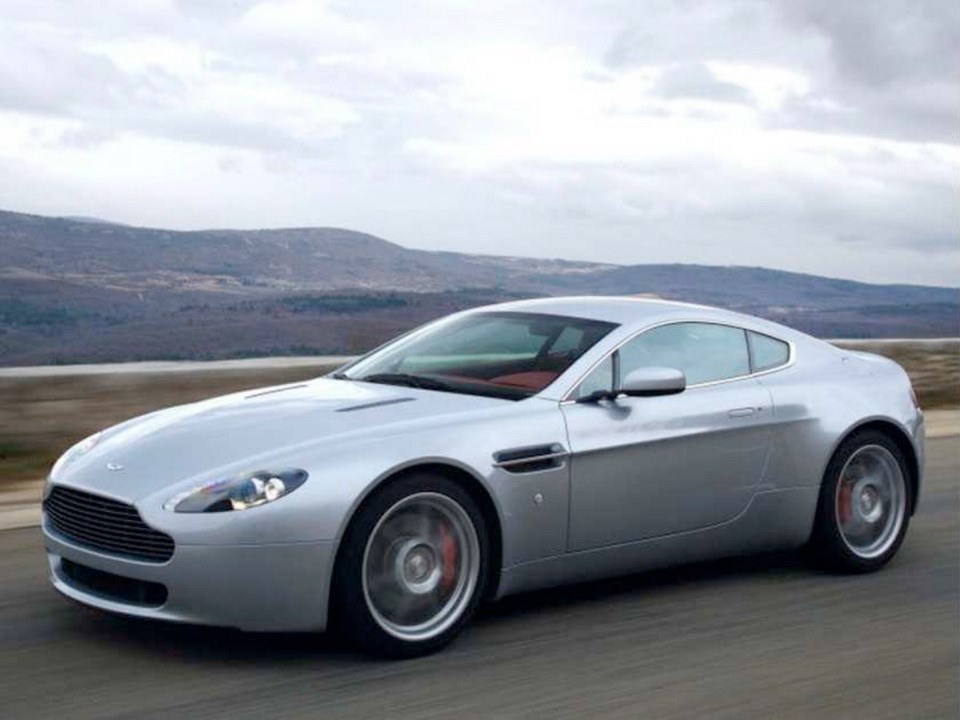VICTORIA — Three days after an impromptu announcement, B.C.’s transportation minister is still struggling to explain how a plan to force luxury vehicle drivers out of the public insurance system would work or save money.
Todd Stone sidestepped pointed questions from reporters Friday about how the Insurance Corp. of B.C. would avoid costly repair bills for super high-end vehicles under his proposal.
The plan was announced with few details on Wednesday, in what was widely seen as an attempt to deflect attention from the release of forecasts that show ICBC rates for basic mandatory insurance could jump 42 per cent if urgent progress isn’t made to reduce claims and injury costs.
The changes mean ICBC will soon refuse to sell basic auto insurance to owners of vehicles worth more than $150,000, forcing them to buy coverage from private brokers. Limos, trucks, collector cars and RVs are exempt.
“I acknowledged at that announcement there were going to be a lot of details to sort through,” Stone said Friday.
Premier Christy Clark has said the goal is to stop ordinary middle-class drivers — whose basic ICBC premiums are similar those who drive high-end race cars — from having to subsidize repairs to luxury vehicles, which are six times more expensive to fix in a crash. Examples include Ferraris, Lamborghinis, Maseratis and Aston Martins — where replacing a bumper can cost $6,000, a door more than $30,000, and the entire vehicle as much as $400,000.
But there are almost no details on how the plan would save money.
Stone has said ICBC will no longer offer basic insurance to luxury drivers.
But basic insurance only covers the damage that a luxury driver inflicts on another person in a crash. It does not cover costly repairs to the original luxury car. So, refusing to sell basic insurance on luxury cars would not appear to offer any savings to ICBC customers.
ICBC chairman Barry Penner used an example this week of an ordinary car that hit a 2014 Aston Martin Vanquish (valued at almost $400,000) and left a small scratch on the door. ICBC paid $33,526 to replace the door.
“The person who drives a Honda is not going to be covering the cost of your $36,000 replacement door for your Aston Martin,” Premier Clark told reporters in Kamloops, using a similar example.
“Sorry, if you can afford a car that is that expensive, you can afford to fix it yourself.”
But that’s not how B.C.’s insurance system works. It is the at-fault driver whose insurance pays for repairs. In this case, the Honda driver’s ICBC insurance would pay the Aston Martin’s extraordinary repair bill, regardless of the changes Clark has proposed.
When confronted with a similar example Friday, Stone said: “That is exactly the kind of detail we’re going to sort out.”
The only scenario in which the luxury ban would appear to save ICBC money is on optional insurance, where a driver can buy collision coverage for an expensive car and to claim damages even if they were at fault in a crash, or hit something on their own like a power pole or road median. Optional comprehensive coverage would also cover damage from weather, animals or flying objects like gravel.
ICBC’s position has been unclear for days, but on Friday the government confirmed it would also refuse to sell optional insurance for luxury cars.
Stone has estimated the luxury insurance changes would save 0.05 per cent annually. That’s only half of one per cent of the almost $4 billion ICBC spent on claims last year. Stone said he’ll announce more changes in coming weeks.



